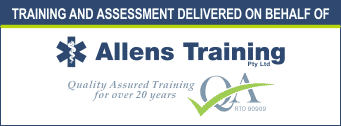Let’s face it, we’ve all seen those dramatic TV scenes where someone performs CPR, and miraculously, the patient gasps, opens their eyes, and is suddenly back to normal. If only it were that simple in real life! Today, we’re diving into the reality of CPR and cardiac arrest, and why it’s not quite the instant fix Hollywood makes it out to be.
The Hard Truth: Cardiac Arrest is Serious Business
First things first: cardiac arrest is a critical medical emergency. When someone’s heart stops beating, every second counts. Unlike the movies, people don’t just spring back to life with a few chest compressions. Cardiac arrest is a complex medical situation that often requires more than just CPR to resolve.

Can CPR Bring Someone Back to Life?
The short answer is: not directly. CPR alone cannot restart a stopped heart or bring someone back from cardiac arrest. However, CPR plays a crucial role in keeping a person alive until more advanced medical help arrives.
Here’s what CPR actually does:
- It manually pumps blood around the body, supplying vital organs with oxygen.
- It helps prevent brain damage and organ failure.
- It increases the chances of successful defibrillation.
The Missing Piece: Defibrillation
This is where defibrillation comes in, and it’s absolutely crucial. While CPR keeps blood flowing, a defibrillator is often needed to actually restart the heart.
Here’s why defibrillation is so important:
- It delivers an electric shock to the heart.
- This shock can help restore a normal heart rhythm.
- The sooner defibrillation is performed, the higher the chances of survival.
In fact, when CPR is combined with early defibrillation, survival rates can increase dramatically. Some studies show that immediate CPR combined with defibrillation within 3-5 minutes can produce survival rates as high as 50-70%!
The Bottom Line
While CPR alone can’t bring someone back to life or restart a heart, it’s still absolutely critical in a cardiac arrest situation. It keeps the body viable, increasing the chances that defibrillation and advanced medical care can successfully revive the person.
That’s why knowing proper CPR technique is so important. In our HLTAID009 Provide cardiopulmonary resuscitation course, we not only teach you how to perform effective CPR, but also how to use a defibrillator. Because in real life, being a hero isn’t about dramatic movie moments – it’s about having the skills to keep someone alive until help arrives.
Remember, in a cardiac arrest situation, every second counts. Knowing CPR and how to use a defibrillator could make you the crucial link in the chain of survival. It might not be as glamorous as Hollywood makes it look, but trust us, it’s way more important.
Hi there! I'm Jack Majlinger. I began my first aid journey back in 2012, with my first "first aid" course. It was after a hiking accident where a friend had to be airlifted. Over the years, my first aid skills grew, I volunteered at equestrian events and local shows and became a first aid trainer.
When I'm not working on content, I enjoy spotting birds in the wild and writing jangle pop tunes.






